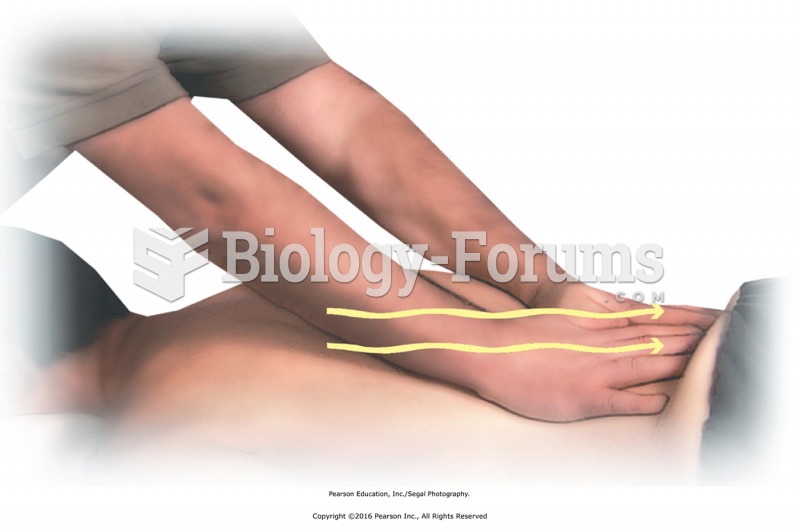|
|
|
As of mid-2016, 18.2 million people were receiving advanced retroviral therapy (ART) worldwide. This represents between 43–50% of the 34–39.8 million people living with HIV.
Most childhood vaccines are 90–99% effective in preventing disease. Side effects are rarely serious.
Aspirin is the most widely used drug in the world. It has even been recognized as such by the Guinness Book of World Records.
The eye muscles are the most active muscles in the whole body. The external muscles that move the eyes are the strongest muscles in the human body for the job they have to do. They are 100 times more powerful than they need to be.
The U.S. Preventive Services Task Force recommends that all women age 65 years of age or older should be screened with bone densitometry.
 Vasectomy. (a) Vas deferens is located within the spermatic cord on both sides. (b) A small incision
Vasectomy. (a) Vas deferens is located within the spermatic cord on both sides. (b) A small incision
 Always take the time to install spark plug wires back into the original holding brackets (wiring ...
Always take the time to install spark plug wires back into the original holding brackets (wiring ...
 Turning over technique: Use tenting to assist the recipient turning to supine position. Anchor the ...
Turning over technique: Use tenting to assist the recipient turning to supine position. Anchor the ...




